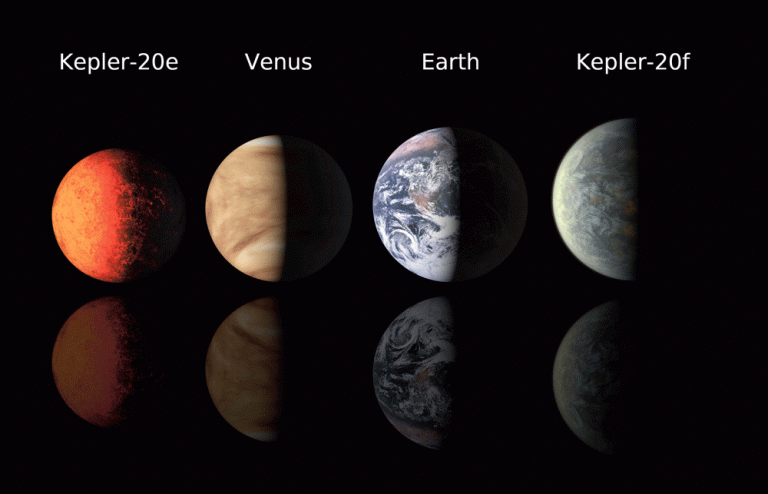
Quincy Lee
Science & Tech Editor
In a much anticipated press conference, NASA announced the latest breakthrough in space observation. Scientists located an entire system of planets, potentially life-supporting, in a land known as the Aquarius constellation.
Sean Carey, Manager of Spitzer Science Center at Caltech, announced, “around a relatively close dwarf star, we found 7 rocky, Earth-sized planets.” Located in the Aquarius constellation, TRAPPEST-1 and its seven orbiting planets lie 39.5 light-years, or 12 parsecs, away from Earth.
As this discovery has made headlines since NASA released the news in a press conference Wednesday afternoon, there have been many perspectives in the discussion on what this new information really means.
The seven dwarves describe the different publicized reactions to the discovery of these seven planets orbiting around a dwarf star.
First there’s Happy, who exclaimed upon hearing this information, “oh my gosh this is the biggest discovery NASA has made in my lifetime!” Previously the subject of science fiction and fantasy, an Earth-like, habitable, planet was shrugged away from common concern. Nikole Lewis of the James Webb Telescope Project, like Happy, is overwhelmed by this discovery, saying in the press release, “when I looked at the data, I was mind blown.”
But there are many misconceptions of what this data actually means. Dopey, upon hearing this information, suggests, “my children might grow up on a different planet.”
Doc knows, like NASA’s researchers announced, that there is still a lot of data that needs to be gathered before moving forward on space travel plans.
NASA’s James Webb Telescope will launch next year, intended to gain more information on the Trappist-1 System. In order to determine the consistency of these planets’ atmospheres, the satellite will be take measurements of the persisting chemicals. Water methane and oxygen levels will determine the suitability of these planets.
“Big deal.” Grumpy sarcastically retorts. “Only three of the planets are in the habitable zone.” Although scientists hypothesize that seven are have the potential to contain water, there are only three that lie within this star’s habitable zone. Due to the strength of the star, the closest planets receive too much heat and those at the edge of this system do not receive enough to contain a sufficient atmosphere. The habitable zone is also referred to as the Goldilocks zone, the area around the dwarf star that contains ‘just the right’ climate. Grumpy believes that this diminishes the weight of NASA’s discovery.
“This is dangerous. We don’t know what kind of life exists in this area.” Bashful speaks out. Timid responses, explained through arguments from ignorance, are wary of this space exploration. To dispel any accumulation of rumors, NASA established an open forum AMA on Reddit to provide concrete information for the public, on which Bashful voiced concern about what this discovery meant for extraterrestrial beings.
Although NASA has no official protocol on the manner, Stephanie L. Smith, the social media lead, insured on the thread that, “It’s part of our charter that NASA provide for the widest practicable and appropriate dissemination of information concerning its activities and the results thereof.”
In congruence with this dissemination of information, the results from the 70 days of data observing the brightness of TRAPPIST-1 will be made public at the end of the month, easing Bashful’s worries.
“I’m tired of all this discussion, wake me up when Doc figures out how to transport people 39.5 light years away.” Sleepy can rest knowing that the current technology would take over 160,000 years to send people to any of the seven exoplanets surrounding TRAPPEST-1.









